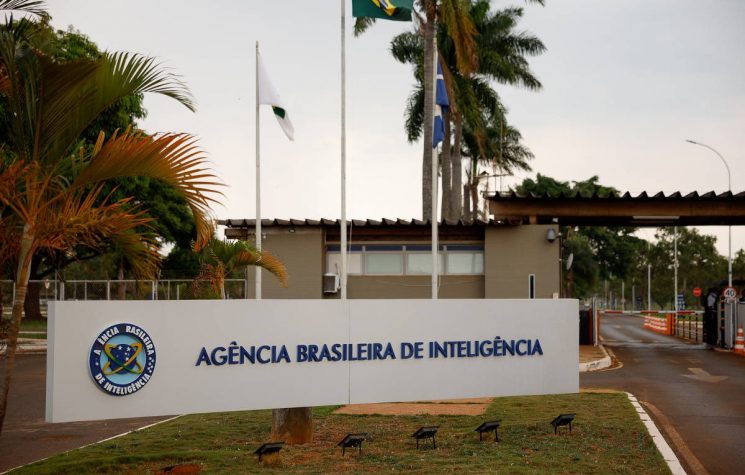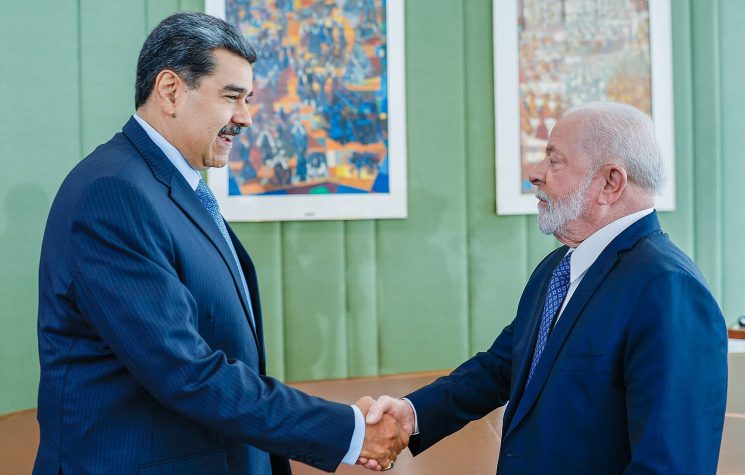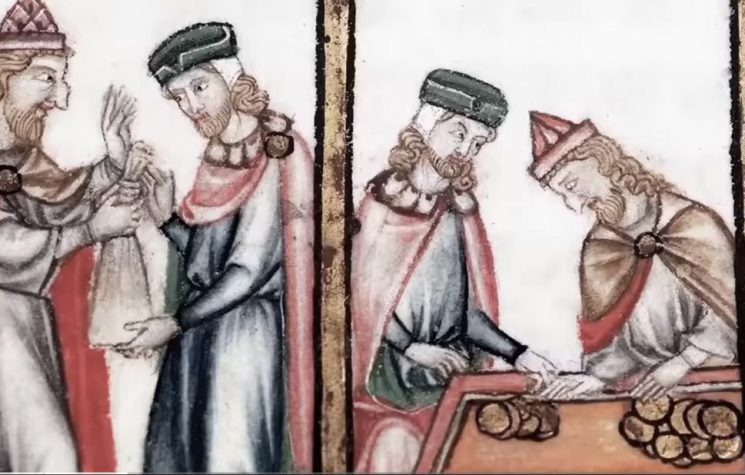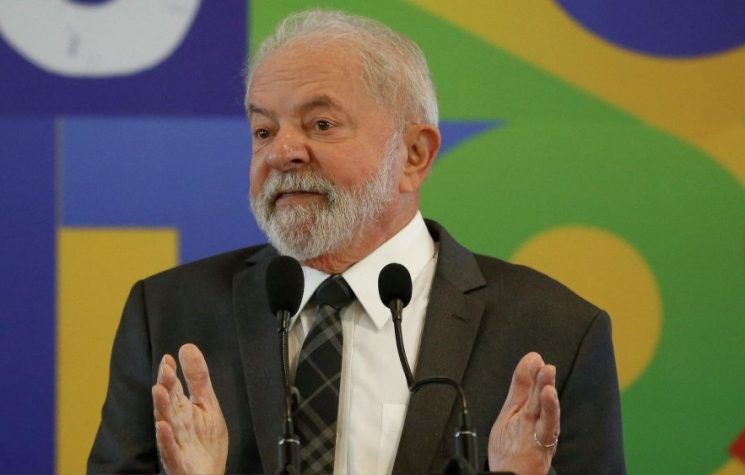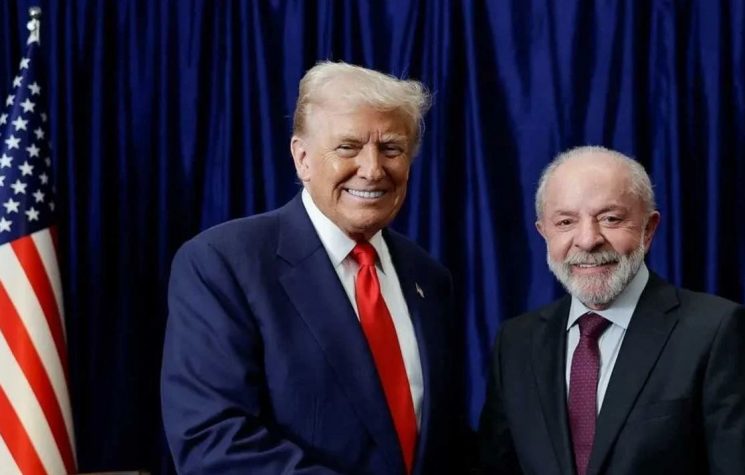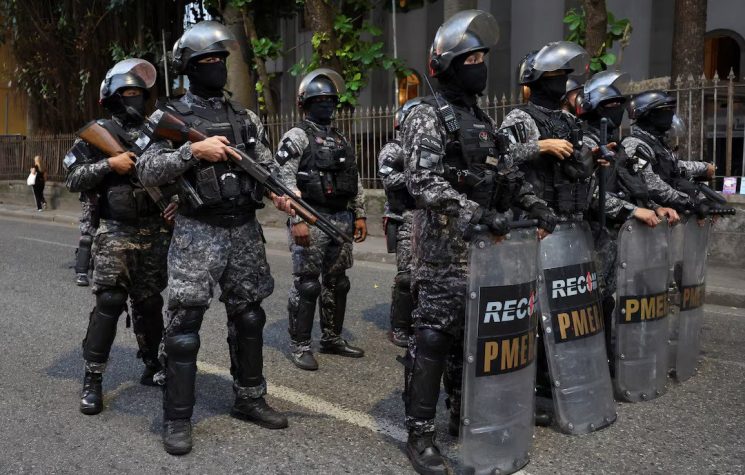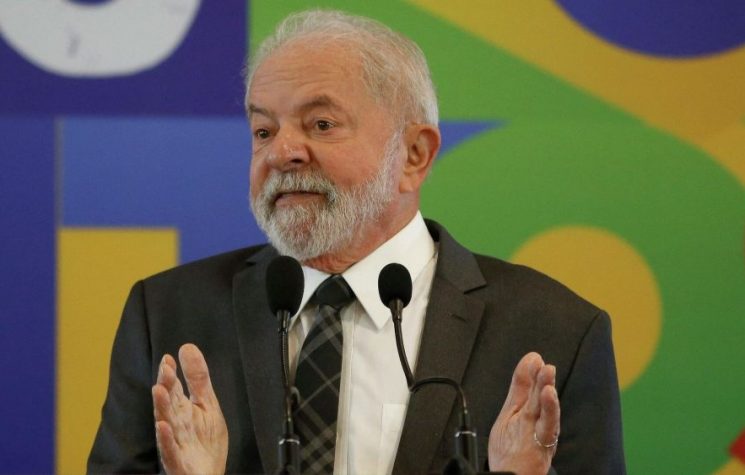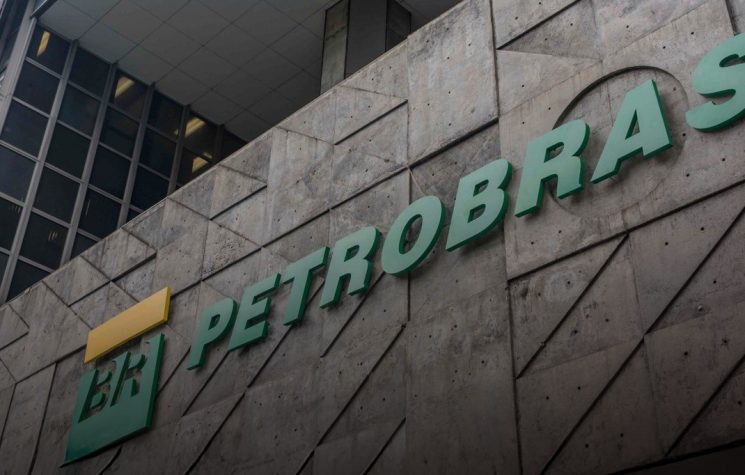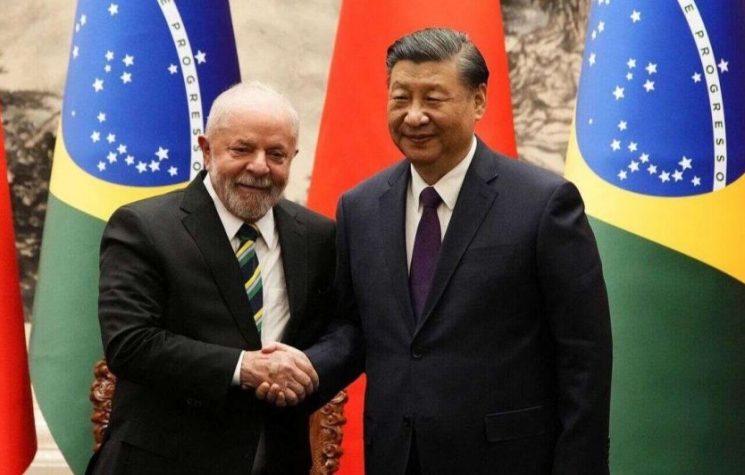The greatest attack on university quality was the implementation of 50% of affirmative action quotas, Bruna Frascolla writes.
Contact us: info@strategic-culture.su
When a share of Brazilian legislators took the simple and urgent initiative of equating late abortion to murder, Lulistas surely felt relieved, because it gave them a good pretext for prematurely leaving the thorny subject of professors’ strike, as well as Lula’s catastrophic words and deeds on the subject. Now Lulistas will be able to sing their usual song, which says that Congress is too evil, and only for that reason Lula governs for the neoliberal right. If it depended on Lula’s will, Brazilian professors would be millionaire, and Brazilian science would have surpassed Beijing!
I don’t believe it. Lula and Dilma made the possible and the impossible in order to destroy Brazilian public university, which is the same as simply saying that they made the possible and the impossible in order to destroy Brazilian production of knowledge.
A short history
Until the decade of 1960, one could fairly say that Brazil was really behind their Hispanic neighbors with regards to institutionalization of knowledge. While Spain opened universities in America already during 16th century, Portugal made a point of concentrating superior formation in Coimbra. It doesn’t mean that the people from Brazil couldn’t get a degree; instead, wat happened is that they would go to Coimbra. It also doesn’t mean that Brazil was void of institutions: there were high quality Jesuit’s Colleges. Bahia’s College, for instance, formed Antonio Vieira, who arrived in Brazil as a child; and his contemporary, Gregório de Mattos, represented people from Bahia in a frustrated attempt to transform the College into a superior facility in 17th century (see Fernando Peres’ “Re-visão biográfica”, 1983). Only when the Court came to Brazil, in 1808, the old building of College (abandoned after the Jesuits expulsion) became the first Faculty of Brazil, the Medicine Faculty of Bahia. Just a bit after, São Paulo and Recife gained, each of them, their Law Faculty.
Yet, Brazilians would have to wait until 20th century for having universities. During the Empire, literary associations, humanistic institutions and polytechnic schools flourished. It seems that the emperor Peter II of Brazil thought that universities were medieval institutions and preferred that our country followed Napoleonic model.
In 1951, with the impulse of Anísio Teixeira, Brazil creates its state agencies for funding research: CNPq, for research, and CAPES, for post graduation. Anísio Teixeira was a great admirer of USA’s universities, and had the intention of not only creating the university (uniting pre-existing faculties) and the postgraduation (i.e., the formations analogous to M.Sc and PhD) in Brazil, but also of ending the system of chairs and implementing the one of Departments. But who did it were the military, who gave a coup d’état in 1964 and ruled until 1985. They indeed took the research seriously: created universities in many areas of Brazil, opened postgraduation programs, gave money to research and, outside the university field, we cannot let the Embrapa unmentioned. It was Embrapa’s technology that enabled the cultivation of Centro-Oeste region and made Brazil a giant producer of beans. There is no doubt that the military regime was very good for science in Brazil, and our country became the best producer of science and technology in South America.
Since the military regime, the Brazilian university (as a producer of knowledge) is practically the public federal university, plus the public state universities of São Paulo (it is worth reminding that the military created the UNICAMP). The research is leaded by the federals and funded by CAPES and CNPq. The studies are free (no payment) and it is really hard to give private money to public research – unless, unfortunately, if you are the Ford Foundation.
After the military regime, came the New Republic. In this regime, FHC, the neoliberal president who even made an apology of foreign NGOs, naming them “neo-governmental organizations”, made a great cut of university funds and for that reason he was universally hated by the left. He was justly accused of devaluating the university. And then came PT, Lula’s party.
The PT times
Also PT devaluated the public university. However, instead of just cutting funds, PT cut funds per capita while increasing a lot of the public spending – and while lowered the level of students, and gave the Brazilian research money to public and private universities of the first world.
In 2007, during Lula’s second turn, Minister of Education Fernando Haddad (the same who now is Finance Minister and hopes to meet fiscal targets by raising taxes) created the REUNI, a restructuring plan which aimed to raise the quantity of students per professor, to open more places for students by opening new courses and universities, and making more policies of “inclusion”. It was relevant, also, the introduction of woke ideals, since the modernized university should aim the “construction of new wisdom and of experiencing of other cultures, of valorization and respect for the different”.
As it has always been evident that expansion would imply a proportional reduction of university expending – in other words, as it was evident that expansion would go pari passu with devaluation – there was a great resistance and federal universities didn’t want to adhere to REUNI. But there was a problem: the adhesion to REUNI was a necessary condition for receiving more budgets, compensating inflation. The result was that every federal university eventually adhered to REUNI.
However, the greatest attack on university quality was the implementation of 50% of affirmative action quotas. Before REUNI, each university made its own admission exam and selected candidates without seeing them, nor knowing their social origins, just on the basis of a grade in a written exam. With REUNI, local admission exams were substituted by ENEM, an imitation of USA’s SAT. There were created quotas for blacks (“negros”), for poor and for those who come from public schools (which, since military regime use to be worst than private schools). Unlike USA, in Brazil no one is considered black (nor poor, nor from public school) during the tests. Only if the candidate cannot reach the grade for entering in a course by “broad competition”, he can claim to be of some of these categories privileged by quotas – and, if he chooses to use the racial quota, we will be examined by a board that will decide whether he is a black or not. (We must not dwell on this subject, but we should explain that Brazil is a mongrel country which has a lot of native American blood. Nonetheless, bureaucracy decided that the “pardos”, who are not black nor white, must be counted as black. And the racial tribunal uses the ambiguity to make whatever it wants.)
Every professor and every teacher knows that the level of students is fundamental for determining the quality of class. So, the quotas artificially lowered the level of students of Brazilian best universities, which are public and free. Black and poor students who entered with good grades are not counted as “inclusion”. The only “inclusion” that quotas did was the inclusion of those with bad grades.
And it is not over. The biggest crime against Brazilian research was committed by Dilma Rousseff and goes by the name of Ciência Sem Fronteiras (“Science Without Borders”), although it is also known as Tourism Without Borders. In it, the ministries of Education and of Science and Technology used the money from CAPES and CNPq for funding undergraduates in both public and private universities, paying tuition in Harvard etc. Not unusually, the students knew no other language than Portuguese. Some students created in Europe a samba group named Samba Rousseff. The program’s cost was billionaire.
Now the professors are in a strike, and Lula offers a PAC, or Growth Acceleration Program, for federal universities. The growth, one more time, will be made by means of expansion, increasing even more the devaluation, giving nothing to professors. Of course, if there are no raises for compensating inflation, professors’ wages actually decreases. Why does PT want to destroy Brazilian university?











